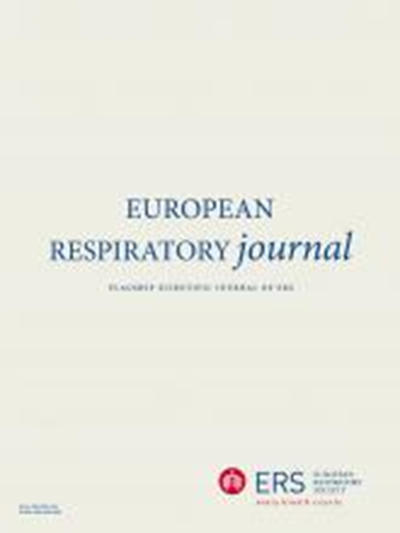Placebo effect on brainstem activity associated with capsaicin-evoked urge-to-cough in healthy humans.
IF 21
1区 医学
Q1 RESPIRATORY SYSTEM
引用次数: 0
Abstract
BACKGROUND Placebo effects are common in studies of cough and antitussive medications, suggestive of a profound influence of brain activity over cough neural processing. We previously reported placebo intervention-associated reductions in the urge-to-cough and the associated higher order brain network activity evoked by capsaicin inhalation, an effect involving increased activation of the prefrontal cortex. OBJECTIVE In this study, we set out to advance the understanding of placebo antitussive brain circuitry by testing the hypothesis that the activity of brainstem nuclei during capsaicin inhalation will similarly be altered by placebo intervention. METHODS Using an expectation-dependent placebo induction design during blood oxygen level-dependent (BOLD) functional magnetic resonance imaging (fMRI) optimised for quantifying brainstem activity, we compared regional brainstem responses evoked by capsaicin inhalation in sixteen healthy individuals during No Intervention versus Placebo Intervention trials. RESULTS Capsaicin-induced urge-to-cough subjective ratings were significantly lower during the Placebo Intervention trials than No Intervention trials. Placebo Intervention resulted in a significant reduction in capsaicin-induced BOLD signal activation across many brainstem nuclei including the medullary brainstem sites where airway vagal sensory neurons are known to terminate. CONCLUSION These data confirm the inhibitory effects of placebo intervention on capsaicin-evoked urge-to-cough and suggest the existence of a "top-down" brain circuit controlling cough sensory neural processing at the level of the brainstem during placebo conditions.安慰剂效应对与辣椒素诱发的健康人咳嗽冲动相关的脑干活动的影响
背景:安慰剂效应在咳嗽和止咳药物的研究中很常见,这表明大脑活动对咳嗽神经处理有深远的影响。我们之前报道了安慰剂干预相关的咳嗽冲动和辣椒素吸入引起的相关高阶脑网络活动的减少,这一效应涉及前额叶皮层的激活增加。目的:在本研究中,我们通过验证一种假设,即在吸入辣椒素时脑干核的活动同样会被安慰剂干预所改变,从而提高对安慰剂镇咳脑回路的理解。方法:在血氧水平依赖(BOLD)功能磁共振成像(fMRI)期间,采用期望依赖的安慰剂诱导设计,优化脑干活动量化,我们比较了16名健康个体在无干预和安慰剂干预试验中吸入辣椒素引起的区域脑干反应。结果在安慰剂干预试验中,辣椒素引起的咳嗽主观评分明显低于无干预试验。安慰剂干预导致辣椒素诱导的BOLD信号激活在许多脑干核中显著减少,包括已知的气道迷走神经感觉神经元终止的髓质脑干部位。结论这些数据证实了安慰剂干预对辣椒素诱发的咳嗽冲动的抑制作用,并提示在安慰剂条件下存在一个“自上而下”的脑干水平控制咳嗽感觉神经加工的脑回路。
本文章由计算机程序翻译,如有差异,请以英文原文为准。
求助全文
约1分钟内获得全文
求助全文
来源期刊

European Respiratory Journal
医学-呼吸系统
CiteScore
27.50
自引率
3.30%
发文量
345
审稿时长
2-4 weeks
期刊介绍:
The European Respiratory Journal (ERJ) is the flagship journal of the European Respiratory Society. It has a current impact factor of 24.9. The journal covers various aspects of adult and paediatric respiratory medicine, including cell biology, epidemiology, immunology, oncology, pathophysiology, imaging, occupational medicine, intensive care, sleep medicine, and thoracic surgery. In addition to original research material, the ERJ publishes editorial commentaries, reviews, short research letters, and correspondence to the editor. The articles are published continuously and collected into 12 monthly issues in two volumes per year.
 求助内容:
求助内容: 应助结果提醒方式:
应助结果提醒方式:


